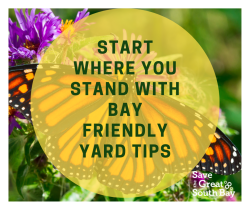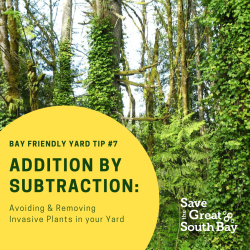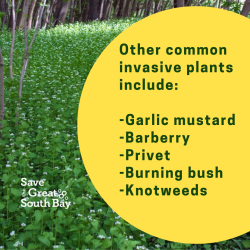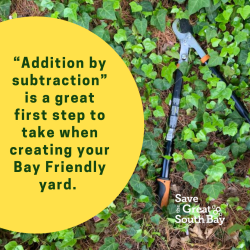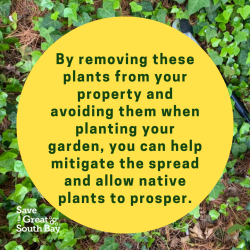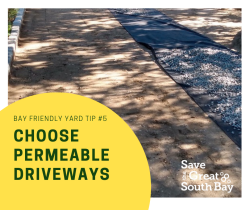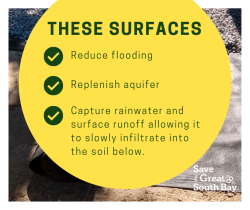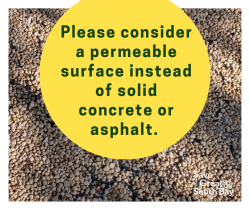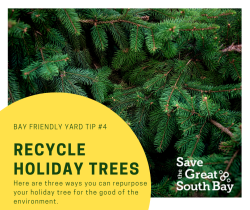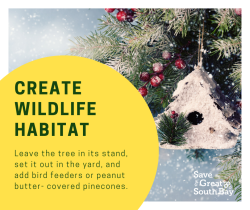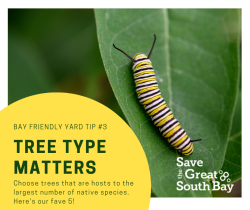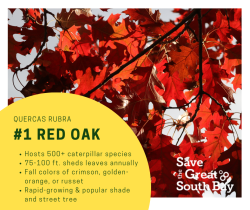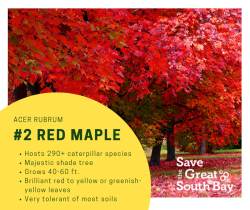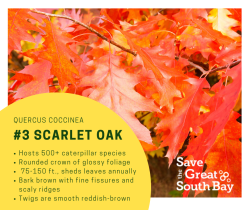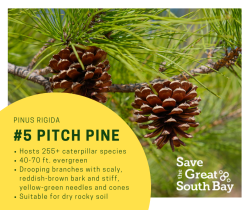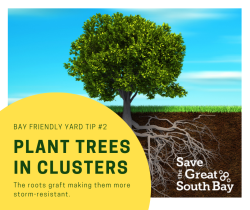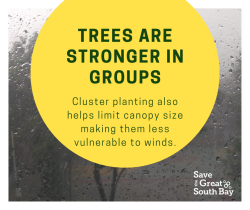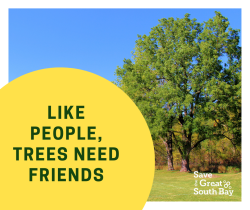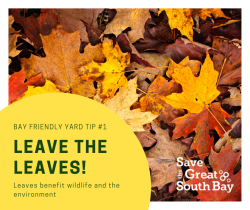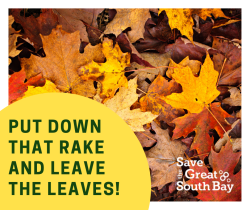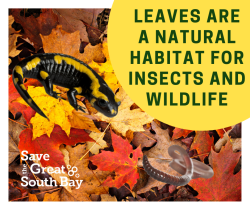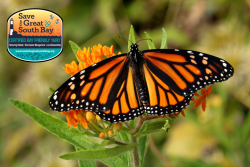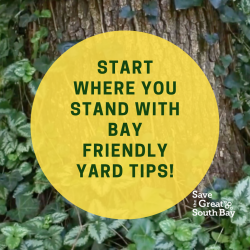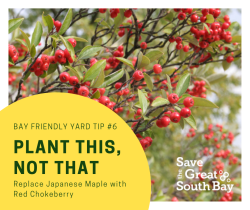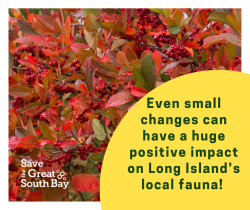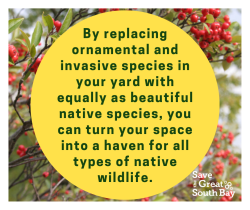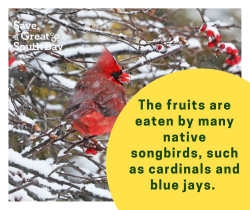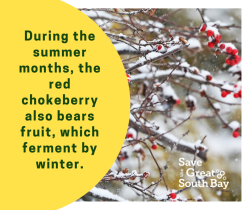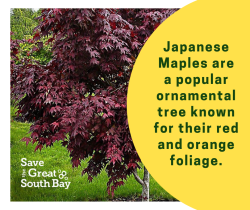Bay Friendly Yard Program
Photo Gallery
Find Out More
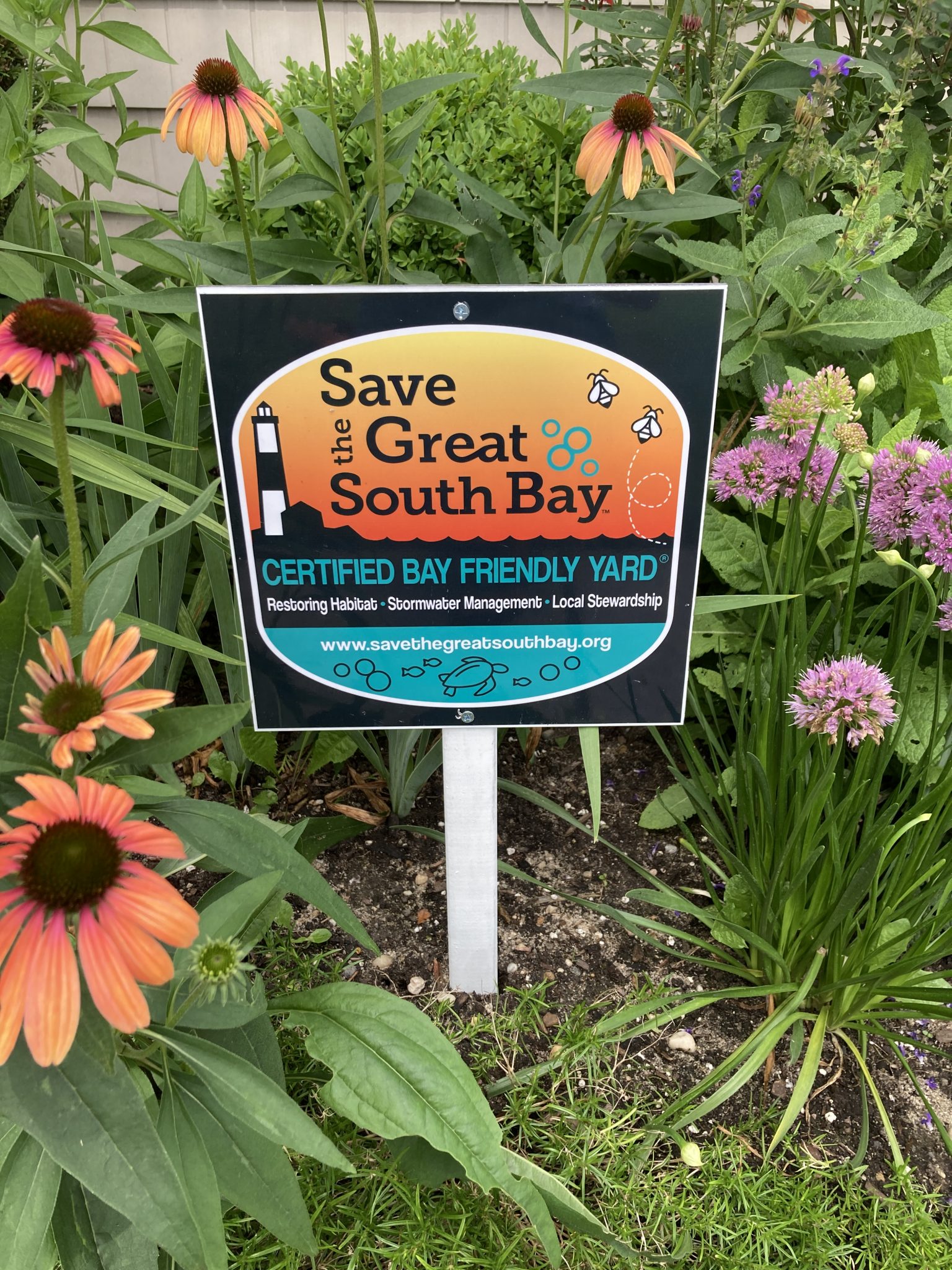
Plant Bay Friendly!
Certify Your Yard Bay Friendly
- Habitat Restoration
- Stormwater Management
- Local Stewardship
Become a Certified Bay Friendly Yard and proudly display a yard sign.
Apply Now or email us info@savethegreatsouthbay.org for more info!

Bay Friendly Guidelines:
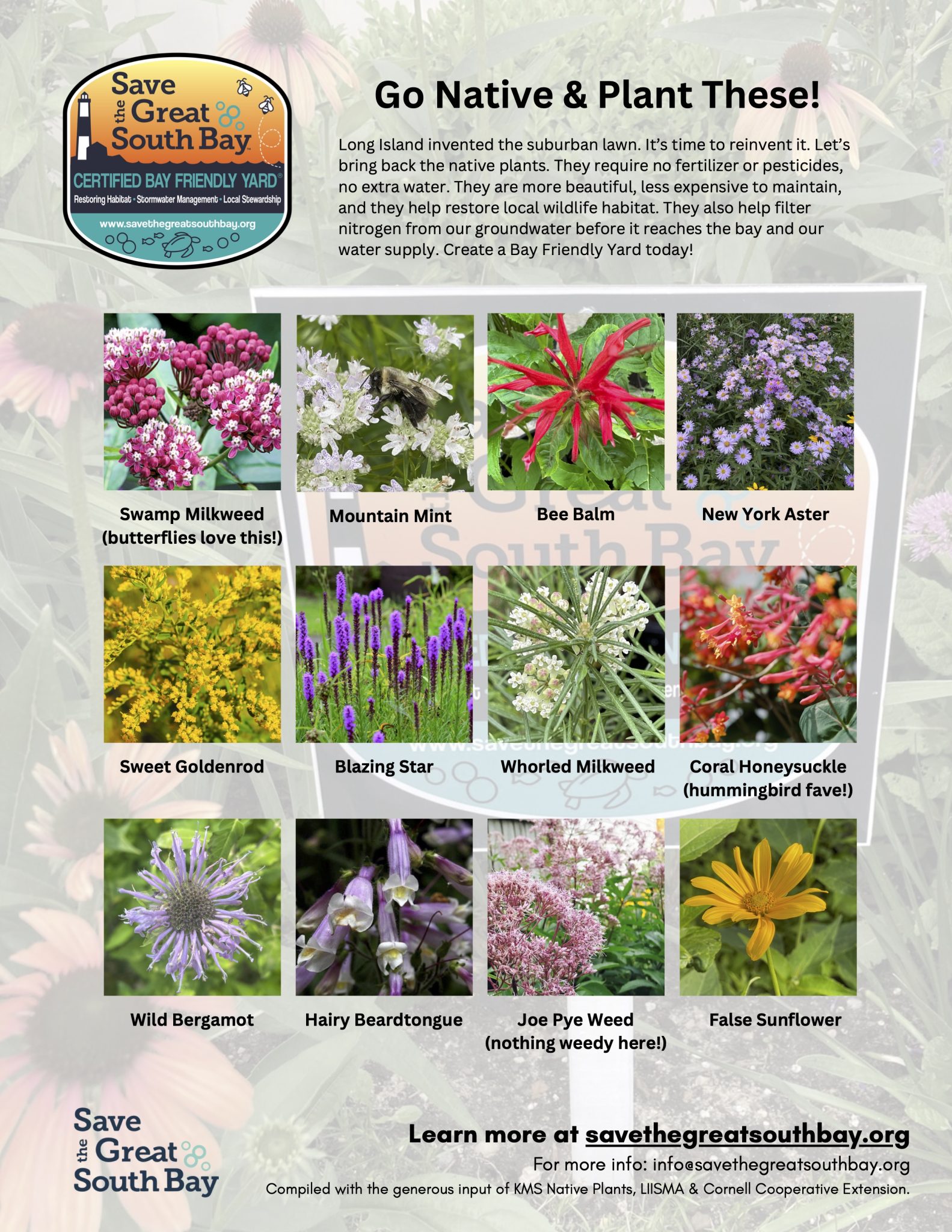
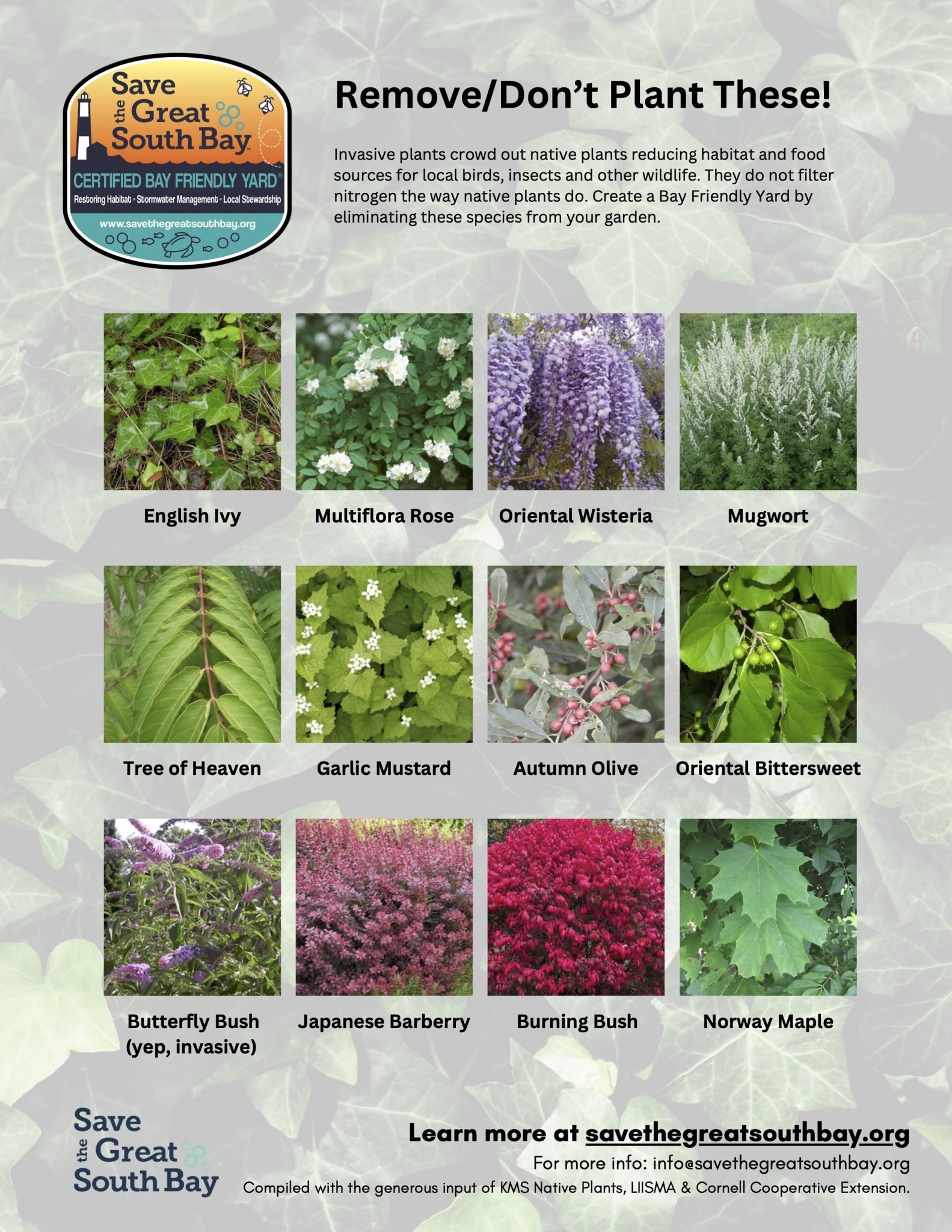
Get A Free, Native Planting, E-Book To Help You Get Started!

- Step-by-step instructions to assess your yard
- Lists of LI native species
- Tips on how to arrange these plantings
Bay Friendly Yard Webinars
Bay Friendly Yards: Ocean Beach
Director of Habitat Restoration Frank Piccininni addresses the Village of Ocean Beach Civic Association on how to create Bay Friendly Yards in the Fire Island community.
Bay Friendly Yards: Recycling Stormwater
Bay Friendly Yards: Creating A Butterfly Garden
Bay Friendly Yards: Nature and Mindfulness
Bay Friendly Yards: Creating Wildlife Habitat
Bay Friendly Yards: Three Essential Elements
More About Bay Friendly Yards
Going Green With Bob Deluca, WPPB, 9-27-13 Long Island’s Water Quality Problems
"Going Green" With Bob DeLuca Airs This FridayListen LIVE Friday, September 27th at 11:05 a.m. This months topic: United for Clean Water Action.In the wake of one of the worst summers for harmful and via Peconicpublicbroadcasting
The Long Island Clean Water Partnership Announced / What You Can Do
As New York continues to recover from Sandy and rebuilds, we are now also faced with a Long Island that is rapidly becoming unlivable due to nitrogenous waste in the ground water, the 117 pesticides in our drinking water, and the pharmaceuticals we throw away or flush down the toilet. The nitrogenous waste is from septic tanks and from lawn fertilizers, from the over 195 small sewage treatment plants scattered across the island, and from antiquated or crippled sewage treatment plants like the one in Bay Park, damaged severely by Sandy.
How Can I Help Save Long Island’s Waters?
Start using lawn and agricultural fertilizers that are eco-friendly, that don’t pollute our groundwater, drinking water and bays with excess nitrogen and phosphorus. The excess nitrogen has been contributing to brown tide, red tide, rust tide, red tide and blue green algae, and these have been killing our bays and in some cases rendering the water toxic. Click here to see what Nitrogen Free recommends for lawn care as they work to support Save Barnegat Bay. What ever bay we are speaking of, on Long Island or not, the issues are the same — too much nitrogen in the groundwater from fertilizer and septic seepage leading to algal blooms and dying bays.
Long Island’s Drinking Water: Threats and Solutions
The Long Island Clean Water Coalition, formed by a group of some twenty eco-non-profits and environmental research institutions large and small have come together to to address the water quality crisis now facing Long Island. Our groundwater is polluted, and therefore our drinking water is at peril. Because our ground water is polluted, so are our lakes, streams and bays. Algal blooms wiping out habitats in our bays, shellfish beds closed because of all the nitrogenous waste now in our water. This presentation is by Adrienne Esposito of The Citizen’s Campaign for The Environment. It powerfully presents the problem we as Long Islanders face, and what we can do to bring Long Island back from the brink of disaster.
Pouring Rain Again — Many Long Island Beaches Will Remain Closed Because of Polluted Ground Water
The ecological condition of Long Island’s ground water has reached a crisis point. Year by year the algal blooms grow more intense and pervasive, with brown tides erasing more habitats, with contaminated waters closing more and more acres to shellfishing, and with more and more beaches closed to swimming for longer and longer periods.
From Newsday 6-08-13 — Carl LoBue and Christopher Gobler Weigh in On Algal Blooms This Spring and How the Breach Is (Thus Far) Sparing The Great South Bay From Brown Tide
The dreaded brown tide is back in some South Shore bays, threatening everything from eelgrass to scallops, but Great South Bay has been spared so far thanks to superstorm Sandy, a marine scientist said Friday.

